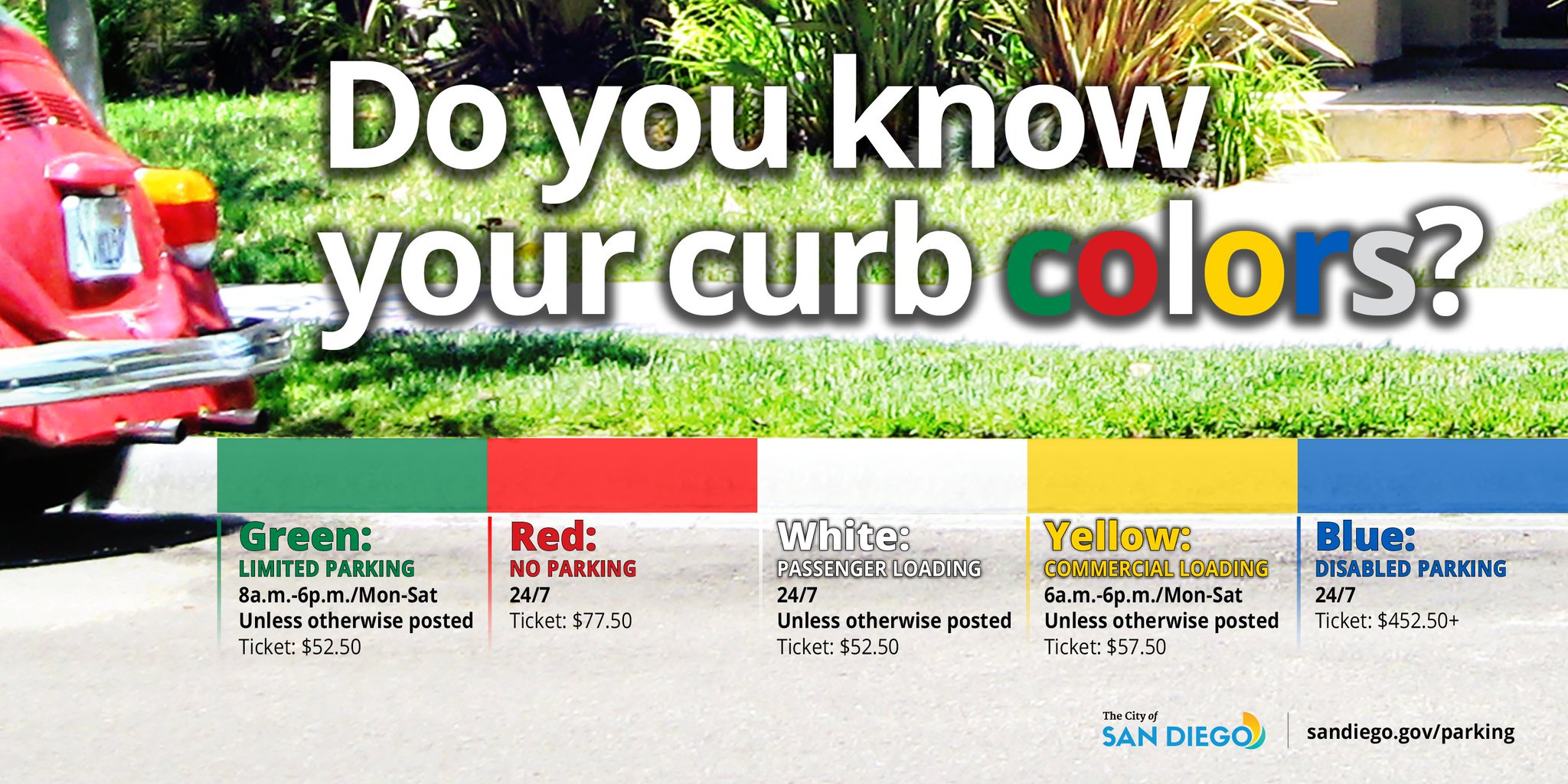When talking about this as a thing in a widespread area of a city and not just a few specific streets/plazas, I'm curious as to how this actually works and all the impacts of it. As you mention, there's other cities in the world where I've heard of it being done.
-------
My initial reaction is:
- Night-time delivery operations are noisy and are going to disturb quality of life in any area with adjacent residential. If I'm the upstairs tenant, I don't want the restaurant on the ground floor of my building getting it's deliveries in the middle of the night even if that's optimal from a traffic/street flow perspective.
- Many small businesses are only open normal business hours and only receive deliveries during those times. Having to extend their staff hours substantially just to handle their deliveries seems like a significant burden, and product obviously can't just be piled up at the front door overnight.
- I'm not sure that it's societally optimal to make thousands of delivery drivers unnecessarily work in the middle of the night, and it seems likely it's going to lead to the dominant schedule being awful split shifts to maximize the edges of those delivery hours. Presumably few businesses beyond the largest want to receive their deliveries at 2:30AM, so you're going to have most deliveries packed into something like a 4-6AM window and a similar window on the PM side. Likely that means a 4 hour shift late in the evening and a 4 hour shift early in the morning, with dead time in the middle of the night.
Clearly other places have in some way answered those questions, and I'm wondering how and at what overhead costs.


